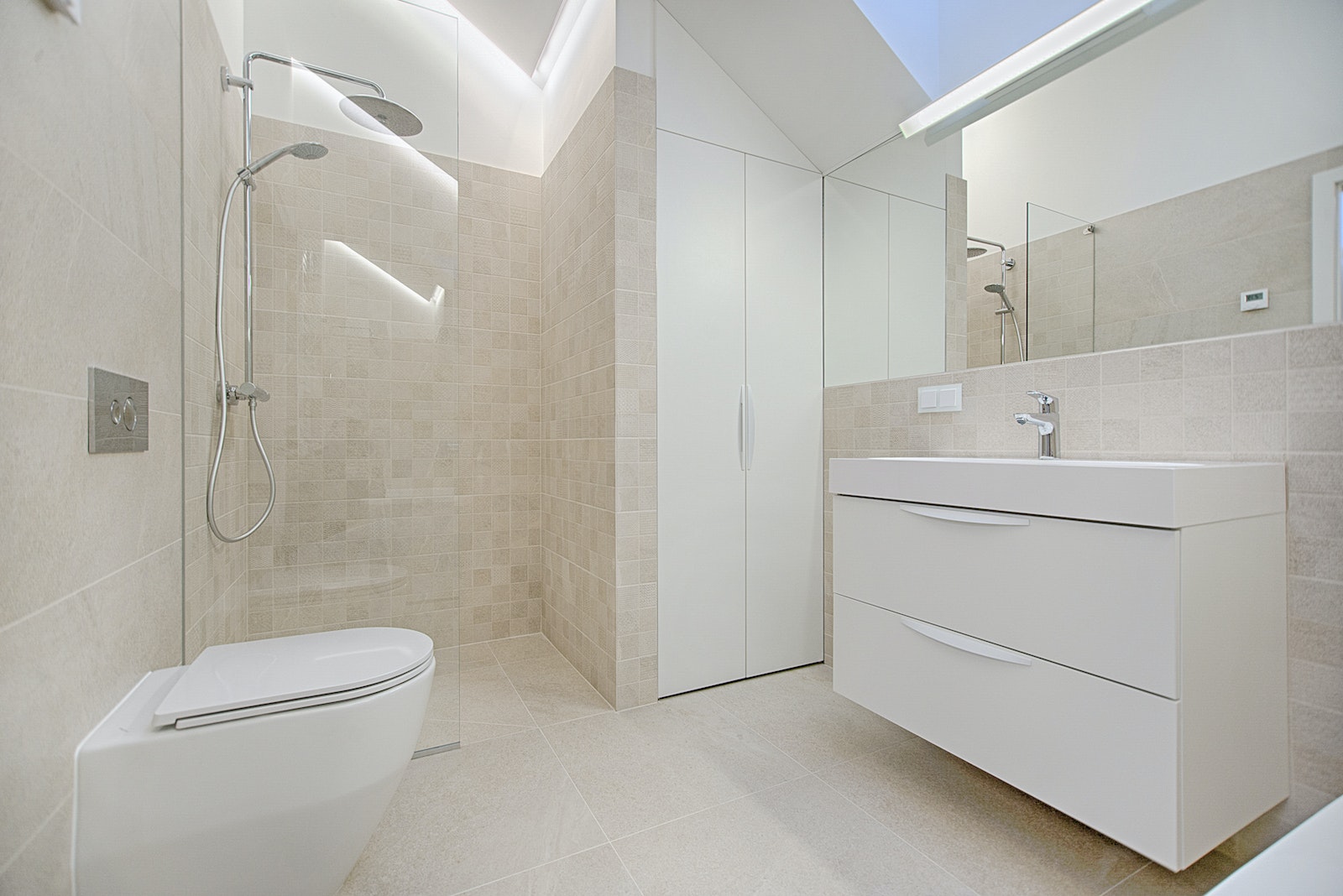Share this article with your network of friends!
For seniors looking to enhance safety and accessibility in their bathrooms, converting a traditional bathtub shower into a walk-in shower can be a transformative solution. Walk-in showers offer easier entry, reduced tripping hazards, and improved overall bathing safety. In this article, we will explore the process of converting a bathtub shower to a walk-in shower, including costs, considerations, and important safety features to ensure a secure bathing experience for seniors.
1. Assessing the Feasibility and Costs:
– Consultation with Professionals: Start by consulting with a professional contractor or bathroom remodeling specialist who can assess the existing bathroom layout and provide guidance on the feasibility of the conversion. They can also provide an estimate of the costs involved.
– Budget Considerations: Converting a bathtub shower to a walk-in shower can range in cost depending on factors such as the size of the bathroom, material choices, and any additional features or customizations desired. Consider setting a budget and discussing it with the contractor to determine a realistic plan.
2. Safety Considerations and Features:
– Low Threshold Entry: A key safety feature of a walk-in shower is a low threshold entry. This eliminates the need to step over a high bathtub wall, reducing the risk of tripping and making entry and exit easier for seniors with mobility challenges.
– Non-Slip Flooring: Choose a non-slip flooring option for the shower area to minimize the risk of slipping when the floor gets wet. Textured tiles, non-slip mats, or specialty non-slip coatings are excellent choices to enhance safety.
– Grab Bars and Handrails: Install sturdy grab bars and handrails within the walk-in shower area to provide extra support and stability. These assistive devices offer seniors something to hold onto while maneuvering in the shower, reducing the chance of falls.
– Seating and Comfort: Consider adding built-in or foldable seating within the walk-in shower. This provides a secure spot for seniors to sit while bathing, reducing the strain on their legs and minimizing the risk of slips.
3. Additional Features and Customizations:
– Showerheads and Controls: Choose a showerhead that offers adjustable water pressure and temperature controls for convenience and comfort. Handheld showerheads with flexible hoses are highly recommended for ease of use and accessibility.
– Waterproofing and Drainage: Ensure proper waterproofing measures are in place during the conversion to prevent water leakage and damage to surrounding areas. Proper drainage is crucial to avoid pooling water and maintain a safe, slip-free environment.
– Lighting and Ventilation: Install adequate lighting to ensure good visibility in the shower area. Consider adding ventilation features such as an exhaust fan or a window to control humidity levels and prevent moisture-related issues.
– Accessibility Considerations: If mobility is a concern, consider incorporating additional accessibility features such as wheelchair-friendly entryways, anti-slip ramps, or wider doorways to accommodate mobility aids.
Converting a bathtub shower to a walk-in shower is a beneficial step for seniors looking to enhance safety and accessibility in their bathrooms. By considering the feasibility, costs, and safety features involved, seniors can transform their bathing experience and enjoy a secure and comfortable walk-in shower. Consultation with professionals, installation of safety features like low threshold entry, non-slip flooring, grab bars, and appropriate seating, and additional customization options ensure a bathing space that meets the unique needs of seniors. Prioritize safety, accessibility, and comfort to create a walk-in shower that provides a relaxing, worry-free bathing experience for seniors.
DISCLAIMER: This website contains articles for informational and entertainment purposes only. No articles on this website should be considered as professional advice for any medical, legal, or financial matter. Advertisements and content may contain affiliate links, where the website earns a commission for sales derived from our users.





